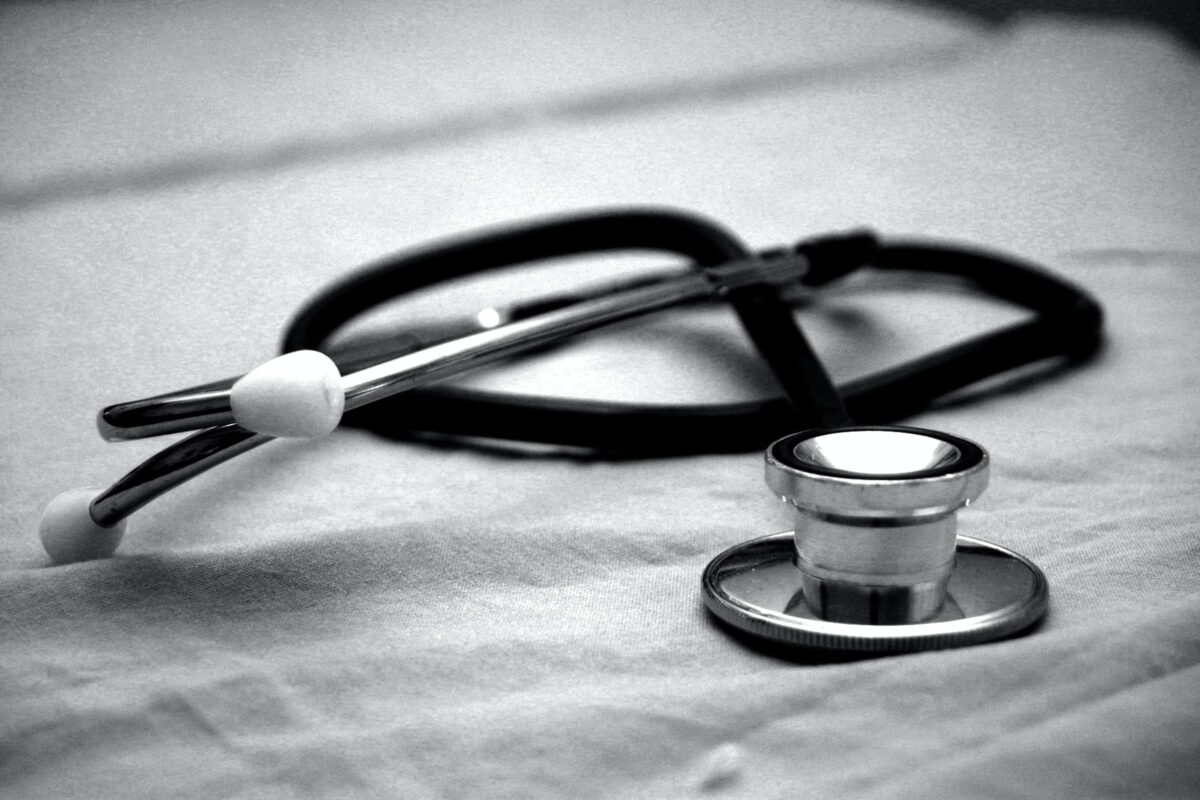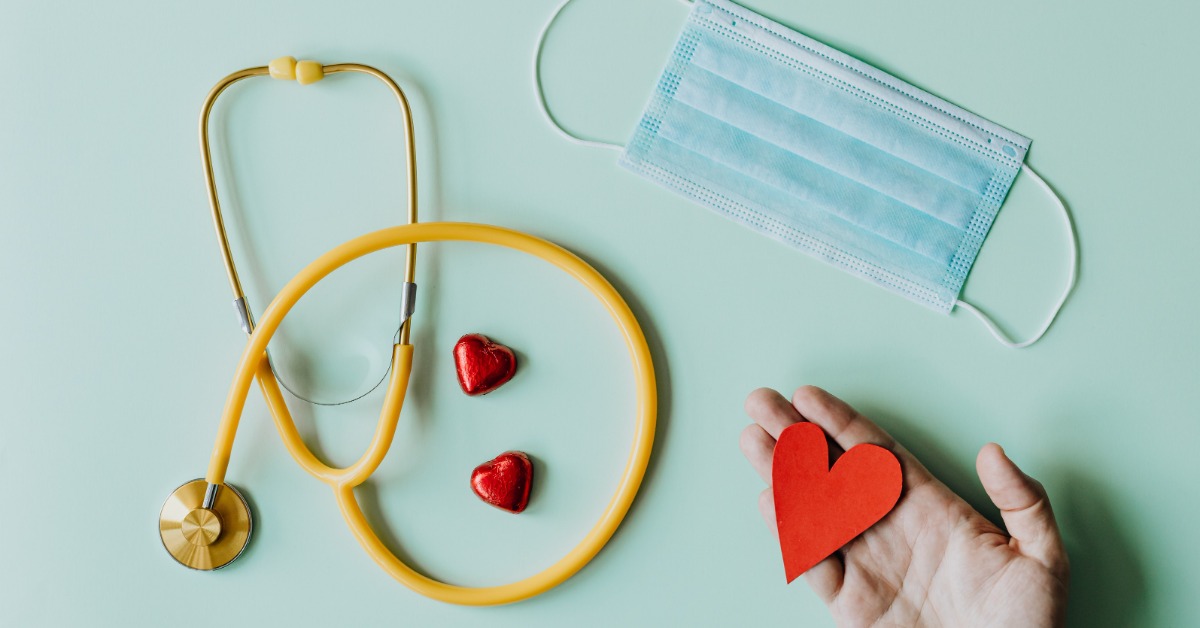Most nursing schools include an essential supply list as part of their welcome package, but there are many more things that every nursing student should have. This list will cover your basic clinical gear, as well as any uniform or dress code guidelines that you may need to follow.
However, in almost all cases, these lists are just… lists. Except for your scrubs, schools will rarely include much guidance about the models or materials you will need.
Naturally, the items you get will also depend on your budget and lifestyle. But in general, you will be best served by sturdy gear rather than “professional-quality” items.
The Self-Gift List for Nursing School: Clinical Supplies
Buying your first set of clinical supplies is an important rite of passage. Here’s a rundown of what you will actually need and what models to choose.
Nursing bag
A nursing bag will help you keep all the other items on this list organized and safe and prevent them from getting crushed under your books.
Nursing bags come in three basic models: a briefcase-like “medical bag,” a fanny pack for medical gear, and a backpack-like model.
Once you can access a locker, my go-to choice would be the fanny pack. It won’t fit any large items, but it should fit the key gear for a physical exam.
As for materials, go for synthetic and washable ones. If one model is “antibacterial,” then it’s worth the extra $10.
Steer clear from light colors, leather, or suede: if any blood spills, it will ruin your bag forever.
Stethoscope
Stethoscopes can easily be the priciest item on your supply list, so it’s easy to feel overwhelmed by the choices available.
It takes a lot of practice to recognize and interpret each model’s subtle nuances in sound quality. Anything labelled “Cardiology,” “ICU quality,” or “Pediatric” can cost hundreds of dollars, but you won’t reap its benefits yet. They make for a great graduation gift for a nursing student, though.
On the other end of the spectrum, that $15 plastic stethoscope will break easily and make things difficult during an exam. Instead, opt for a single-head lightweight model: you should be able to find a more-than-decent option for less than $50.

Stethoscope case
Even the sturdiest stethoscope will quickly get ruined if you let its head float around your backpack. A stethoscope case will help you protect your investment, and it will look more professional when you take it out.
Make sure it’s a hard-shell model. If possible, choose a vinyl-coated one: it won’t stain, and you will be able to spray as much disinfectant as needed without ruining it.
Watch
Nursing watches are rarely used to stay on schedule or tell the time – that’s what your smartphone is for. In reality, your nursing watch will help you count breaths, track pulses, and measure reaction times.
You can use an old-school lapel watch, as long as you can see the seconds dial from a distance.
If you opt for a digital or smart one, make sure it has a silent alarm: patients breathe differently when they know you are counting their breaths.
Scrubs
Nowadays, scrubs are the standard uniform for all healthcare professions, so they are something every nursing student should have. We don’t want to venture too much when it comes to fabrics and models, as most nursing schools have their own specific requirements.
If you can choose the model, get as many pockets as you can.
If you want a stretchy fabric, buy one size up: you will have to bend and lift things constantly, and something very figure-hugging will quickly get too hot.

Compression socks
These were not included on my school’s supply list! They just told us that we had to wear flesh-colored or white socks. Yet, most experienced nurses swear by them, and even I noticed the difference after a couple of days standing up. They will prevent your feet from swelling or aching.
Once again, choose a material that is easy to wash and dries quickly. If you can get padded or smooth toes, all the better – standing on seams can get painful after a couple of weeks.
Nursing shoes
Just like with scrubs, your shoes will be at least partly determined by your school. However, most schools don’t bother with many specifications besides color and the need to be closed.
The two most popular types of nursing shoes are clogs and trainers. People are usually fond of either one or the other. Personally, I don’t feel safe in clogs, but they seem to work well with yoga socks.
If you are going the trainer route, try to get a model without laces. They will be easier to wash.
Penlight
Penlights, or miniature flashlights that look like a pen, are going to be a near-constant feature in your main pocket. There are hundreds of models and colors out there. Just make sure you get one with a pupil size guide on the side.
Tumbler
Although not on my school’s official supply list, a tumbler will be a vital part of your arsenal.
It’s not just about being able to have coffee on the go: if you need a sip of anything while on the hospital floor, it should come from a lidded container. In some places, the floor supervisor might outright ban uncovered mugs or glasses.
Hand cream
The near-constant use of hand sanitizer and “glove sweat” can quickly result in cracked or super-dry hands.
A small bottle of hand cream that can fit discreetly in your pocket works best. It’s best if you avoid heavily scented creams: they can irritate a patient’s sinuses, and any additives will increase the likelihood of an allergic reaction.
Other tools
A complete first aid kit contains at least a dozen more items, which you will learn to use during your first weeks in the hospital. These include relatively cheap gadgets such as pulse oximeters and vein finders, tape measures, disposable dressing kits, or surgical steel clamps and scissors sets.
However, there is little point in buying your own: unless you are shadowing a paramedic or a home health nurse, you will find a cart with these tools in every hospital room. The only exception is bandage scissors, especially if you can find a nice pocket-friendly version.
Personal Protective Equipment (PPE)
Throughout the last two years, we have faced periodic headlines about PPE shortages at hospitals nationwide. The worst of that crisis seems to have passed, but I still hear many of my classmates wonder if nursing students should order their own PPE “just in case.”
In reality, this is a pretty complex question. Each hospital and school will likely have distinct guidelines about the kind of PPE you will need to use in each area. Most of the time, they should provide you with it. If you want to be extra safe, consider the following:
- Do have a spare surgical mask with you at all times
- Do change masks before you go home, especially if you live with any unvaccinated or vulnerable people
- Do carry a few extra pairs of gloves in your pocket – this was good practice even before COVID-19
- If you are allergic to latex, play it safe and bring your own nitrile gloves
- Don’t buy an N95 respirator mask without instructions to do so. These masks come in special sizes and need to be fitted and tested correctly.
The Self-Gift List for Nursing School: Study Supplies
As far as lectures are concerned, your essential supply list will not differ much from that of any other major.
However, you will be taking notes at the hospital and writing your assignments at the cafeteria. So how can you best blend these two environments?
Writing materials
Make all your pens retractable and stay away from liquid or gel ink.
Have at least one small hardcover notepad. It should be stiff enough to help you write as you stand or walk around.
Get a clipboard to help you organize form templates, prescriptions, and charts. Plastic ones are better, as they are easier to keep clean.
Get flashcards sets in different colors. Every term, you will have at least two different courses requiring you to memorize large amounts of information quickly. The different colors will make it easier to classify them.
Laptop
The best laptop for a nursing student is probably a 2-in-1. You won’t need to boot it up completely to use it in tablet mode and make it a more comfortable e-reader.
Legend says that before eBooks were a thing, most students relied on huge “Surgical-Medical Nursing” textbooks that could weigh over 10 pounds. So if you can’t get a 2-in-1 laptop, get a tablet.
Useful apps
These apps will help you review and look up information on the go:
Nursing Sim
Developed by NYU, this is a quick minigame that will have you assess patients and prioritize your tasks. You probably won’t be able to get a high score until your second semester, though.
Drug Handbook App
Medical publisher Lippincott Williams & Wilkins sells one of the most widely used physical drug handbooks for nurses. You will almost certainly find it on your suggested reading list. The app version includes much of the same information in a mobile-friendly format. If you buy the book or eBook, you will get a code for the app as well.
Sectograph
This app synchronizes with your Google Calendar and creates helpful pie charts that let you visualize your schedule. It’s useful for time management in general, but it will also help you keep track of your “periods” better during your clinical shifts. It will be invaluable if you need to shadow different nurses or observe separate procedures during each shift – like handovers, admission, or patient hygiene.
Lecturio Nursing
Being and Feeling Ready: What Do You Really Need?
A big part of starting nursing school is learning your way around medical equipment. Although it is much more comfortable to buy online, try to go to a medical supply store to get a feel for your first instruments. We have included some starting suggestions here, but you will develop your own preferences as you learn how each item works.








